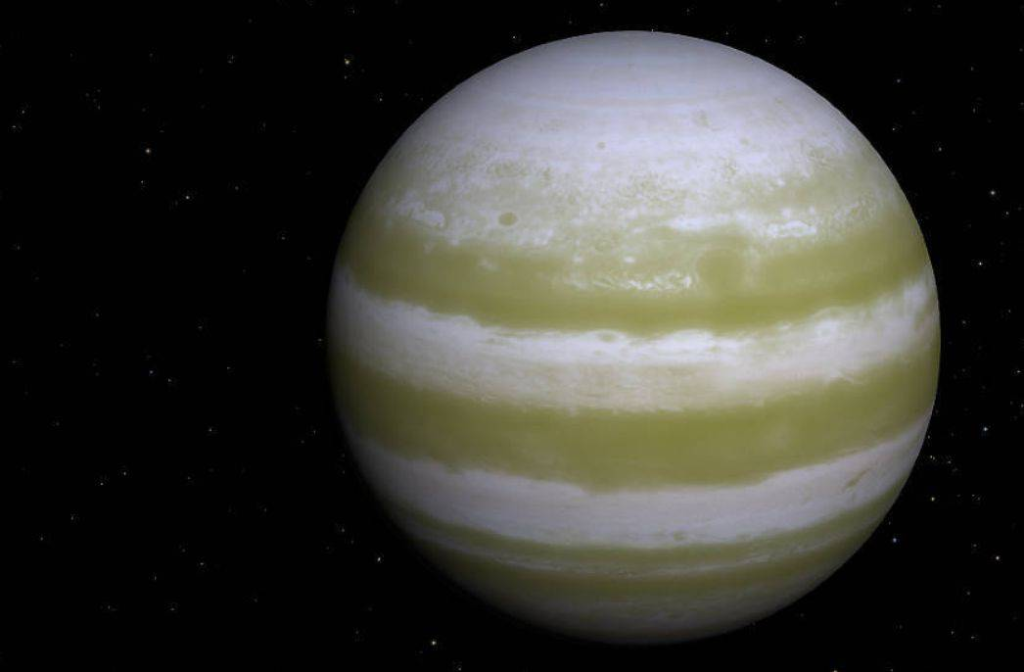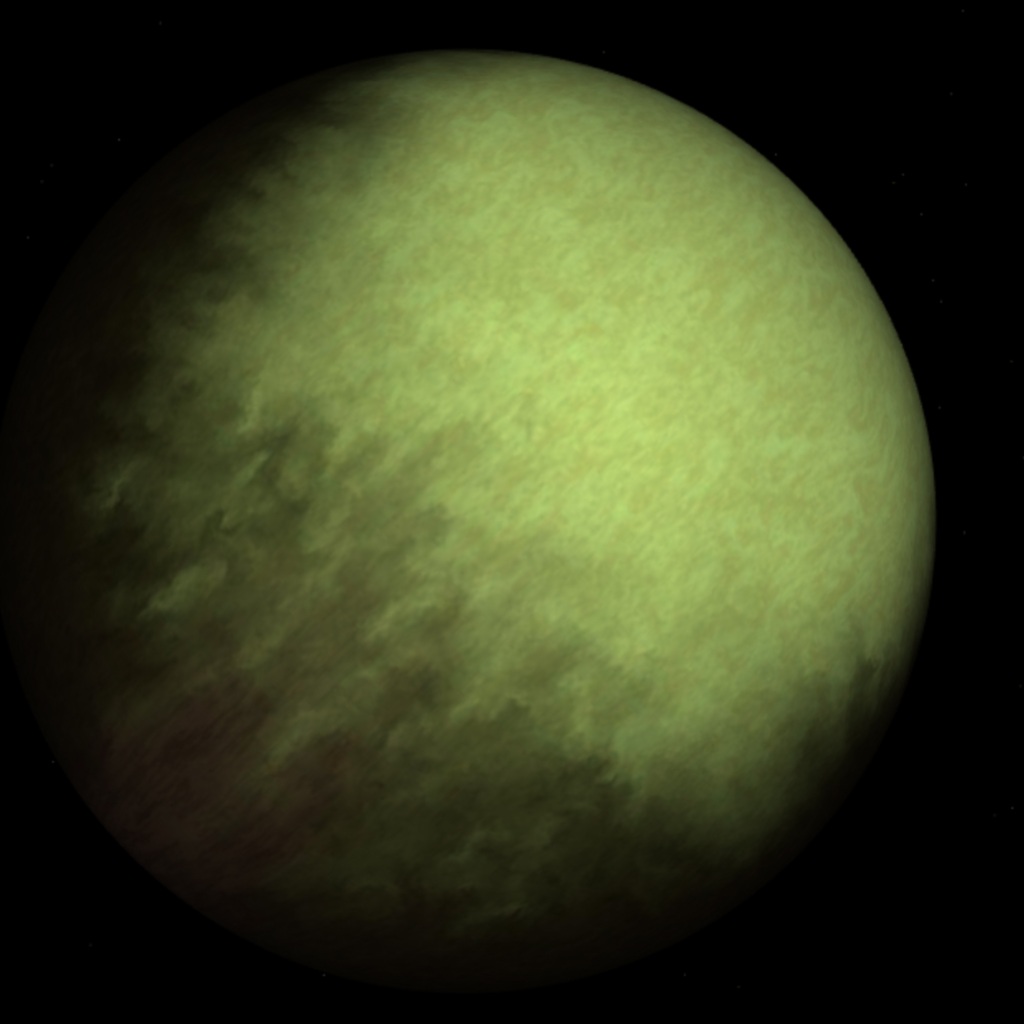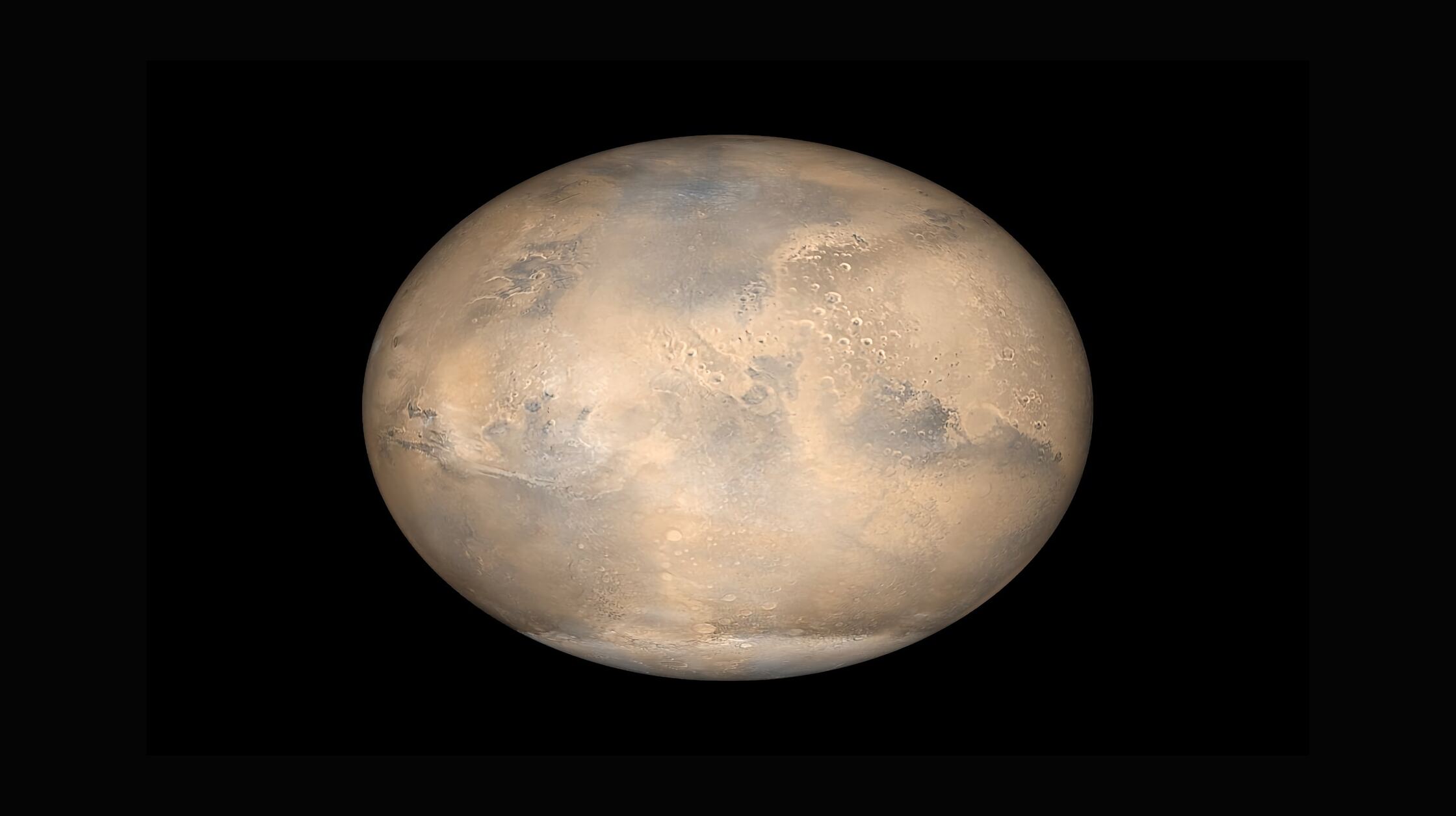Within the star-studded expanse of the universe, a peculiar exoplanet named LTT9779 b stands out, not for its size or location but for its extraordinary reflective quality. This fascinating celestial body with metallic clouds has been observed to reflect a staggering 80% of the light from its parent star, making it the shiniest, or the biggest ‘mirror’, ever discovered in the universe.

LTT9779 b is an anomaly with characteristics that confound scientists. Its metallic clouds, believed to comprise primarily of silicate (glass) and titanate (a form of titanium salt), descend as a molten rain onto its scorching interior. Despite the conditions seemingly unfavorable for cloud formation, owing to its extremely close proximity to its star, this Neptune-sized gas giant showcases a resplendent spectacle of reflection.
Originally detected by NASA’s Transiting Exoplanet Survey Satellite (TESS) in 2020, LTT9779 b is located around 260 light-years away from Earth. It is roughly five times the mass of our home planet and orbits its sun-like star every 19 hours. Such short orbital periods are relatively rare, observed in only 1 out of 200 sun-like star systems. Planets with these characteristics are labeled ultrashort-period planets.

A recent study, published on July 10 in the journal Astronomy and Astrophysics, utilized the European Space Agency’s Characterising Exoplanet Satellite (Cheops) spacecraft to further investigate LTT9779 b. The results confirmed the planet’s exceptional reflectiveness, with an albedo of 80% – the highest ever recorded for a planet.
The surprising presence of LTT9779 b’s metallic clouds is explained by the hypothesis that the planet’s atmosphere is so densely laden with silicate and titanate gases that they transform into liquid, akin to how water vapor forms clouds in a humid environment.
This discovery also sheds light on another puzzling trait of LTT9779 b – its size. Until now, ultrashort-period planets were either substantially larger gas giants or rocky planets no larger than Earth. Thus, smaller gas giants like LTT9779 b were not considered plausible at such close orbits to their stars. “It’s a planet that shouldn’t exist,” said study co-author Vivien Parmentier, an astrophysicist at the University of Oxford and the Côte d’Azur Observatory.

However, the reflective metallic clouds seem to solve this conundrum. “The clouds reflect light and stop the planet from getting too hot and evaporating,” stated study lead author Sergio Hoyer, adding, “being highly metallic makes the planet and its atmosphere heavy and harder to blow away.”
Despite this protection, the researchers hypothesize that LTT9779 b was once larger than Jupiter and has gradually eroded over time.
Venus, with its highly reflective cloud layer reflecting 75% of the sun’s light, previously held the title of the shiniest planet. However, the inhospitable LTT9779 b, with its extreme temperatures and cascading metallic rain, has surpassed Venus, although the chances of it supporting extraterrestrial life seem as distant as the planet itself.
In the awe-inspiring spectacle of the cosmos, the discovery of LTT9779 b, a celestial mirror like no other, continues to remind us of the infinite mysteries that lie beyond our world.




